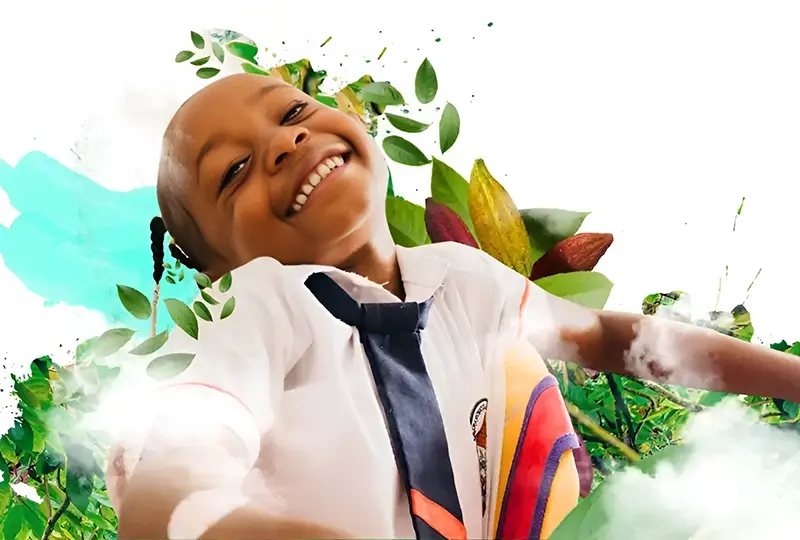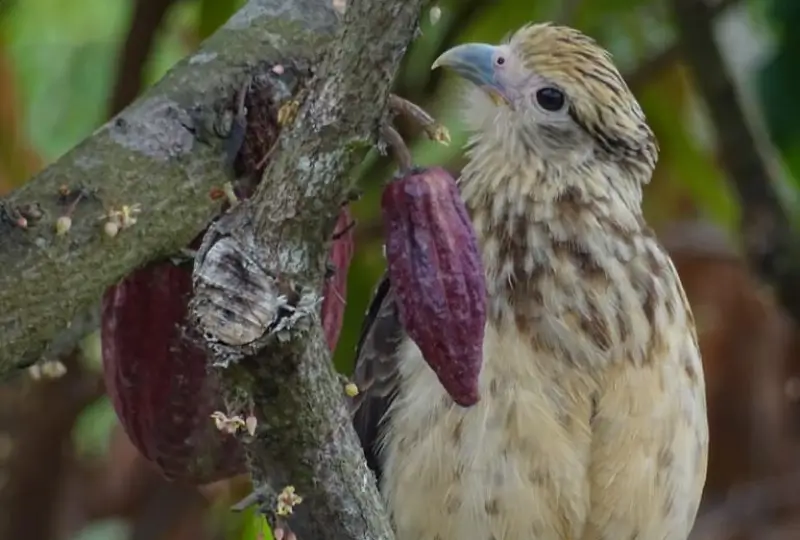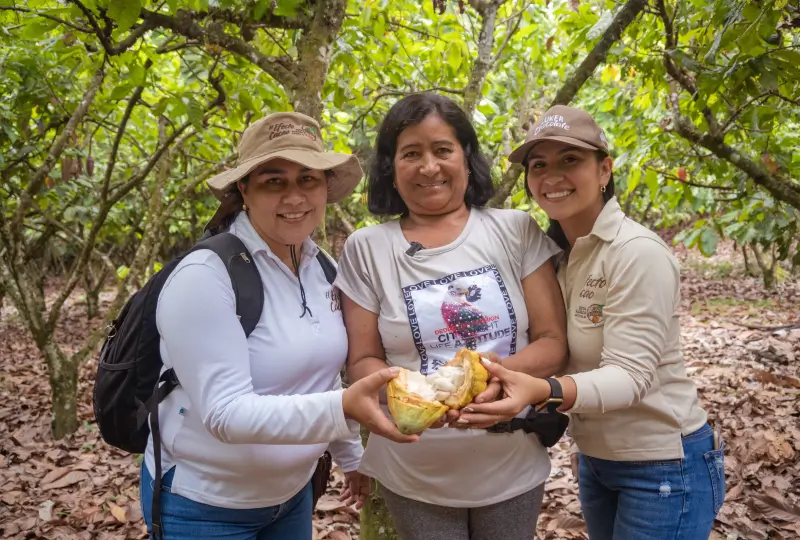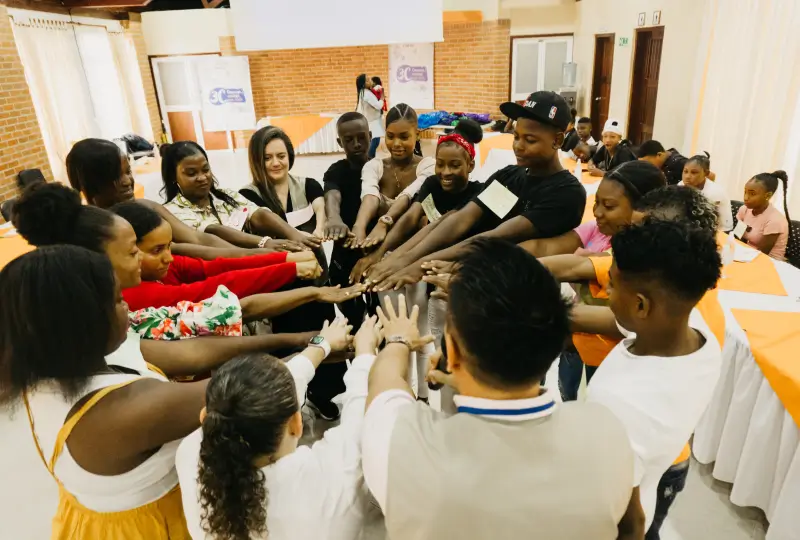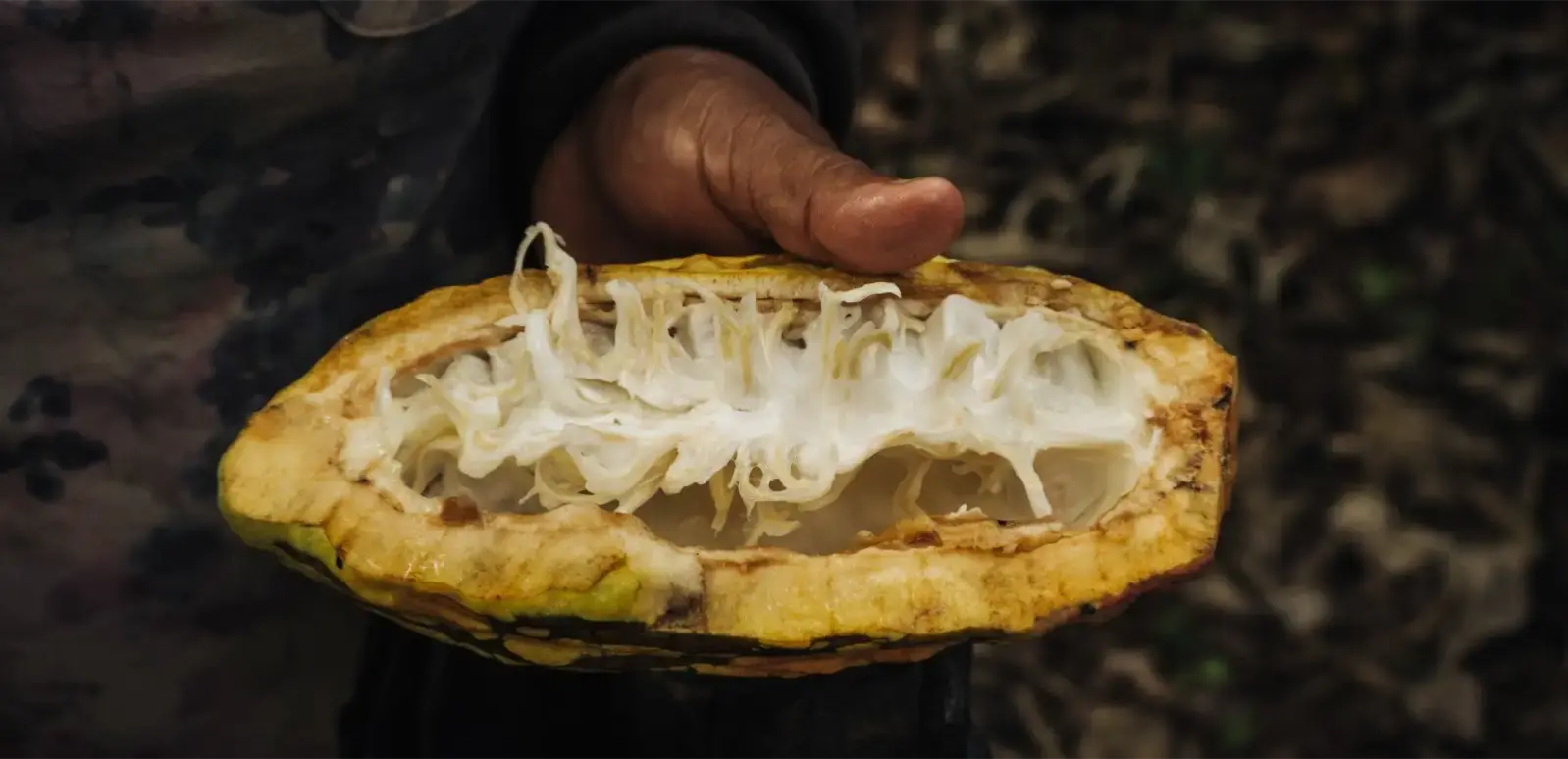Education in rural areas as a sustainable initiative
 |
We aim to enhance the literacy, written communication, and oral expression capabilities of pre-primary and first-grade students in public educational institutions in the rural region of Tumaco. |
|
The illiteracy rate in Tumaco is 17%, surpassing the national average of 9.6%. Of every 100 students who start primary education, only 26% complete secondary school. The violence and activities that have characterized the area, combined with poverty and a lack of opportunities, make children and young people susceptible to joining illegal groups. |
 |
Location
Tumaco, Nariño
 |
Tumaco is a municipality located in the department of Nariño, in southwestern Colombia, near the border with Ecuador. It has 257,000 inhabitants, of whom 90% are Afro-Colombians. The main economic activities are fishing, agriculture, and cultivation of banana, cane, cocoa, chontaduro and borojó (typical Colombian fruits), among others. |
|
The population of Tumaco faces different social and economic problems, such as low-quality education, low health coverage, and issues of violence and illegal activities. In rural areas, they struggle with electricity and water availability, which is only 60% and 6%, respectively. |
 |
Understanding the role of education for a sustainable development
 |
This project is conducted through the "Let's All Learn to Read" methodology, implemented by our collaborating organizations, Fundación Luker and Fundación Global Humanitaria. This method adheres to the principles of reading education, including phonological awareness, alphabetic principle, decoding, automatization, and reading fluency. |
|
Lessons are held during the children's scheduled class time. In addition, we collaborate with parents to implement the methodology in their homes. To assess the student's progress, we apply an initial, intermediate, and final evaluation. |
 |
KEY FACTS
|
6 schools |
365 children |
It is developed |
OUR DREAMERS
We are looking for a Dreamer to sponsor this wonderful project!










